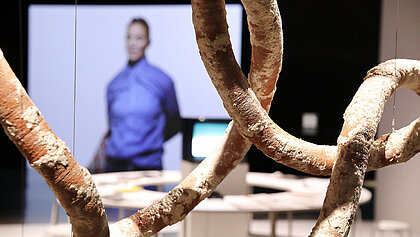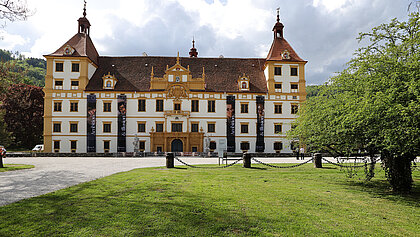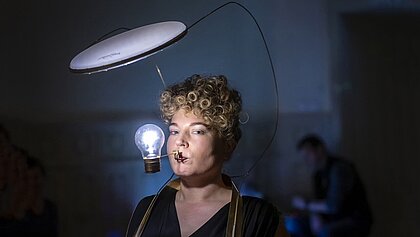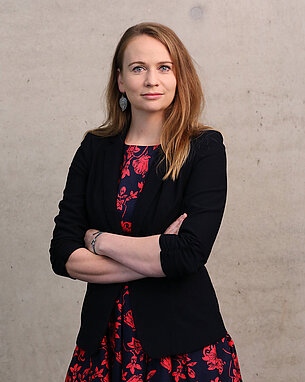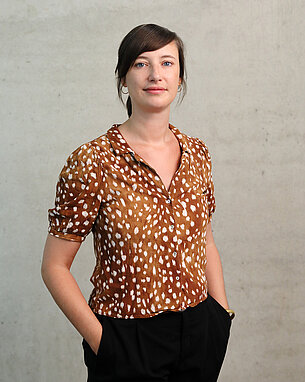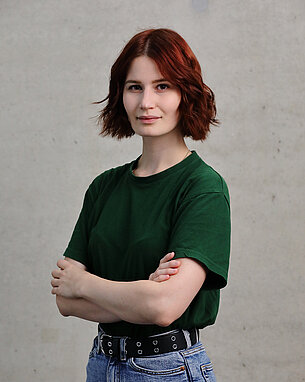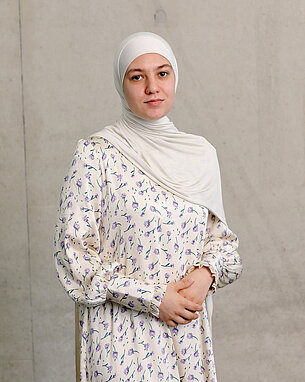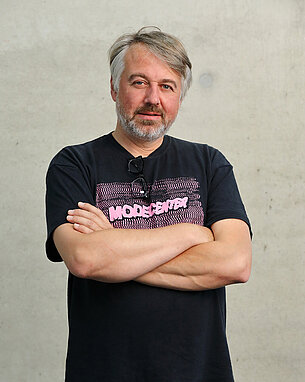Welcome to our press page!
Here you will find text and image material on current and past exhibitions, various projects and all the sites and museums of the Universalmuseum Joanneum.
Press Universalmuseum Joanneum
Upcoming Press events
Press releases
Milica Tomić’s “On Love Afterwards” explores love as a counter-language to political violence through art, memory and resistance
Kunsthaus Graz, 30 June 2025
The UNESCO World Heritage Site Schloss Eggenberg celebrates its 400-year anniversary as part of SHOWING STYIA with the exhibition ‘Ambition & Illusion’
SHOWING STYRIA, 12 May 2025
The Universalmuseum Joanneum is showing a varied programme in 2025, with themes ranging from regional identity to global issues
Universalmuseum Joanneum, January 16th 2025
Annual programme 2025
Exhibitions and projects 2025 at a glance.
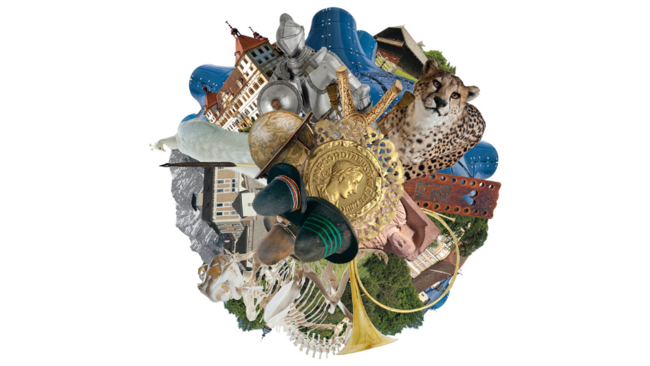
Image Credits
SHOWING STYRIA 2025
Here you will find initial information on SHOWING STYRIA 2025.
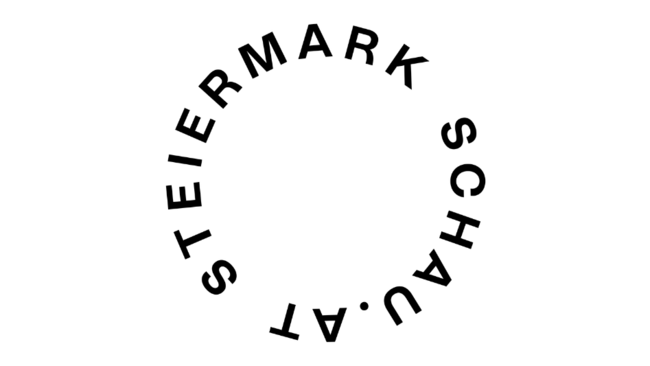
Image Credits
Universalmuseum Joanneum
House-wide information
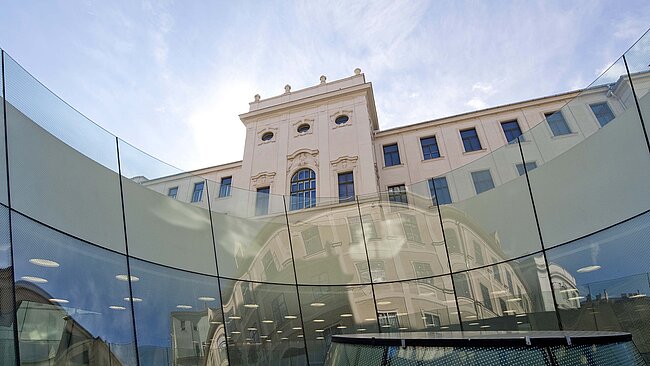
Image Credits
Museums and locations
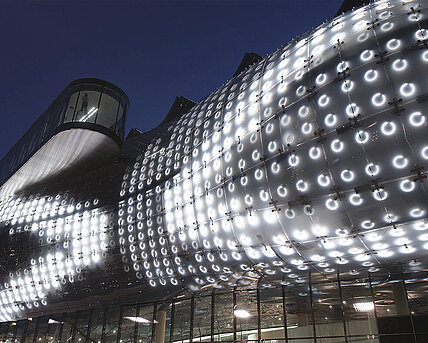
Kunsthaus Graz
Press page
![Styrian Armoury [Translate to English:] Fassade Landeszeughaus](/fileadmin/_processed_/6/c/csm_fassade_schraeg_von_unten_hoch_135bf44d11.jpg)
Styrian Armoury
Press page
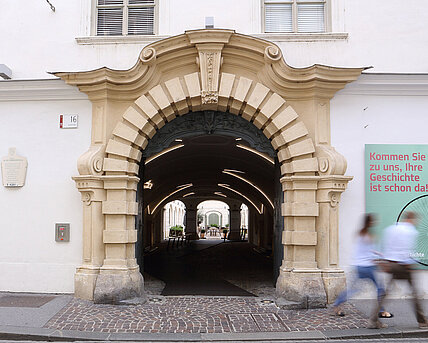
History Museum
Press page
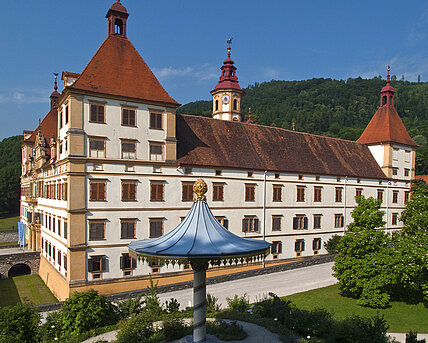
Schloss Eggenberg
Press page
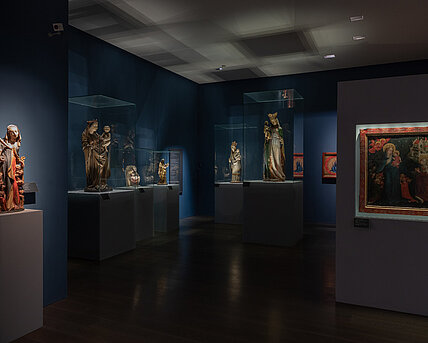
Alte Galerie
Press page
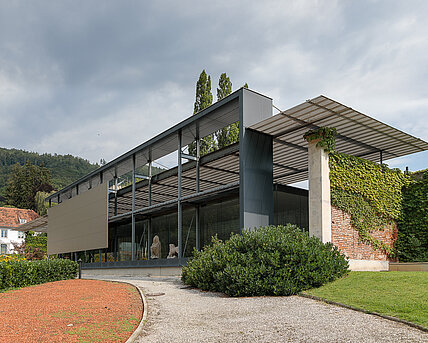
Archaeology Museum
Press page
![Exhibition view of the Coin Cabinet [Translate to English:] Ansicht Dauerausstellung Münzkabinett Schloss Eggenberg](/fileadmin/_processed_/0/c/csm_Muenzkabinett_Dauerausstellung_2023_09_5954603e9a.jpg)
Coin Cabinet
Press page
![Folk Life Museum at the Paulustor [Translate to English:] Ansicht Standort Volkskundemuseum](/fileadmin/_processed_/7/4/csm_Ansicht_Volkskundemuseum_2023_21_837f6ab733.jpg)
Folk Life Museum at the Paulustor
Press page
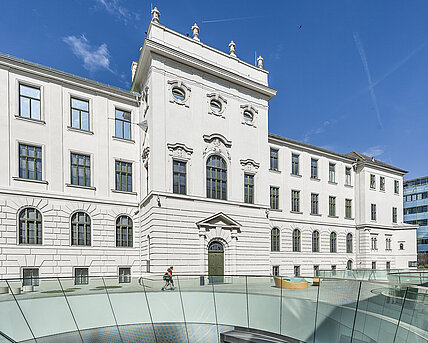
Neue Galerie Graz and BRUSEUM
Press page
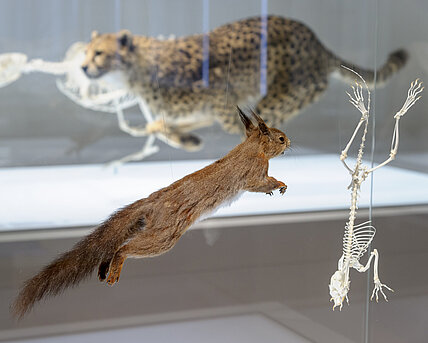
Natural History Museum
Press page
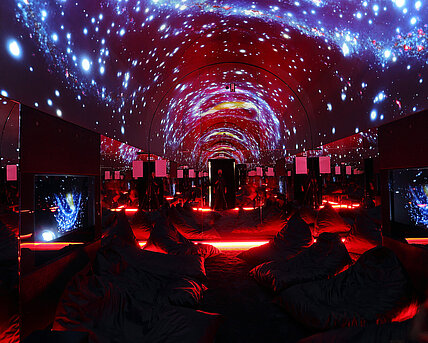
CoSA - Center of Science Activities
Press page
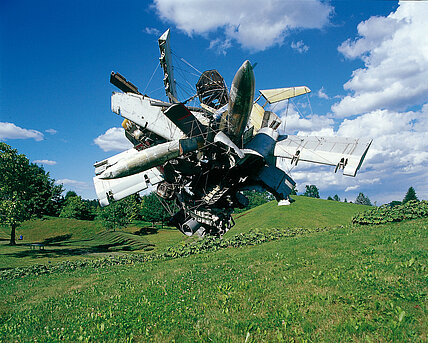
Austrian Sculpture Park
Press page
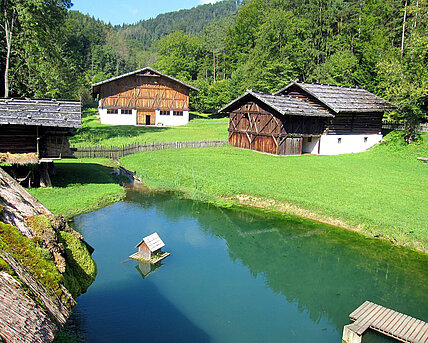
Austrian Open-Air Museum Stübing
Press page
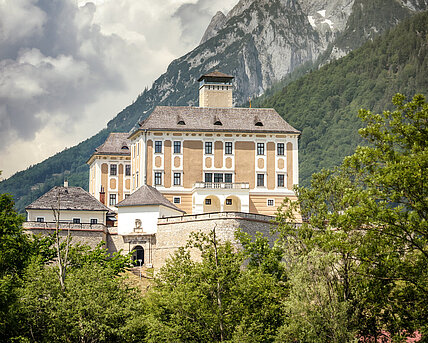
Schloss Trautenfels
Press page
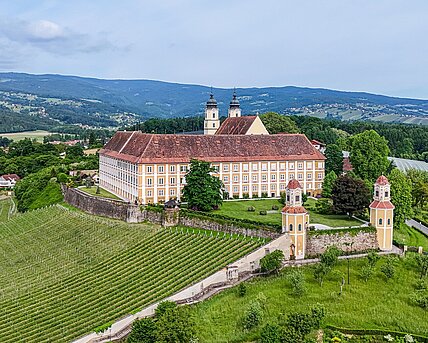
Museums in Schloss Stainz
Press page
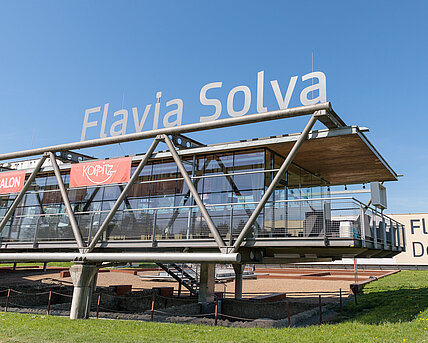
Flavia Solva
Press page
![Rosegger-Birthplace Alpl [Translate to English:] Ansicht Alpl Standort](/fileadmin/_processed_/3/2/csm_Rosegger_Alpl_2023_13_12a1c7c786.jpg)
Rosegger’s Birthplace and Rosegger Museum
Press page
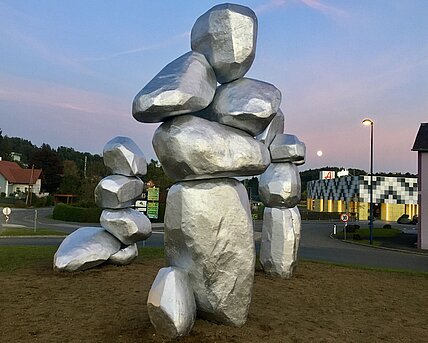
Institute for Art in Public Space
Press page

Zoo Herberstein
Press page
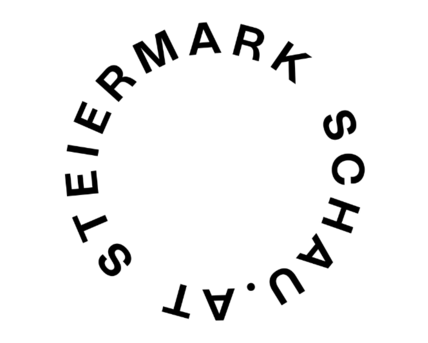
SHOWING STYRIA
press page
Team
Press inquiries
The press team will be happy to answer any questions by e-mail or telephone:




















